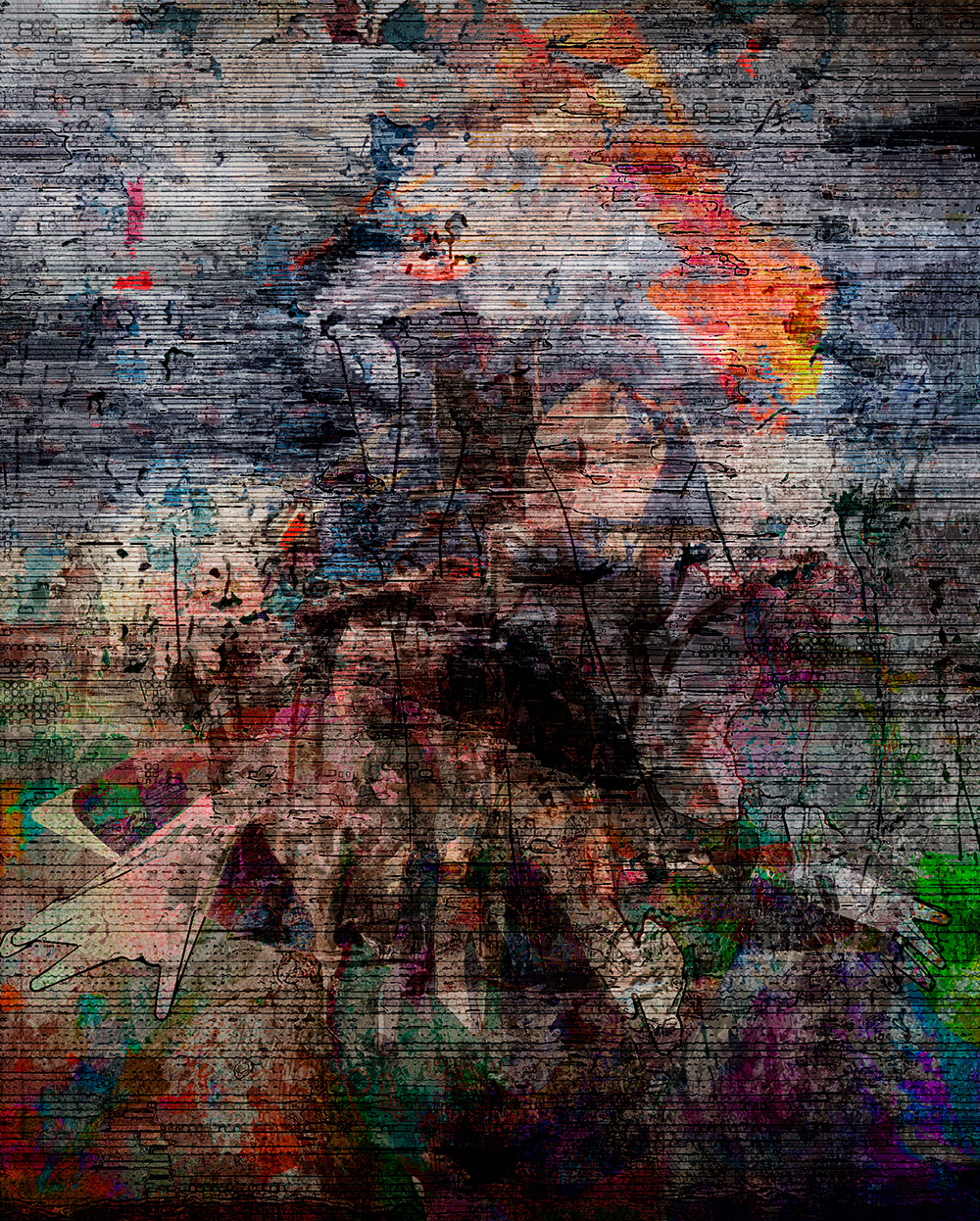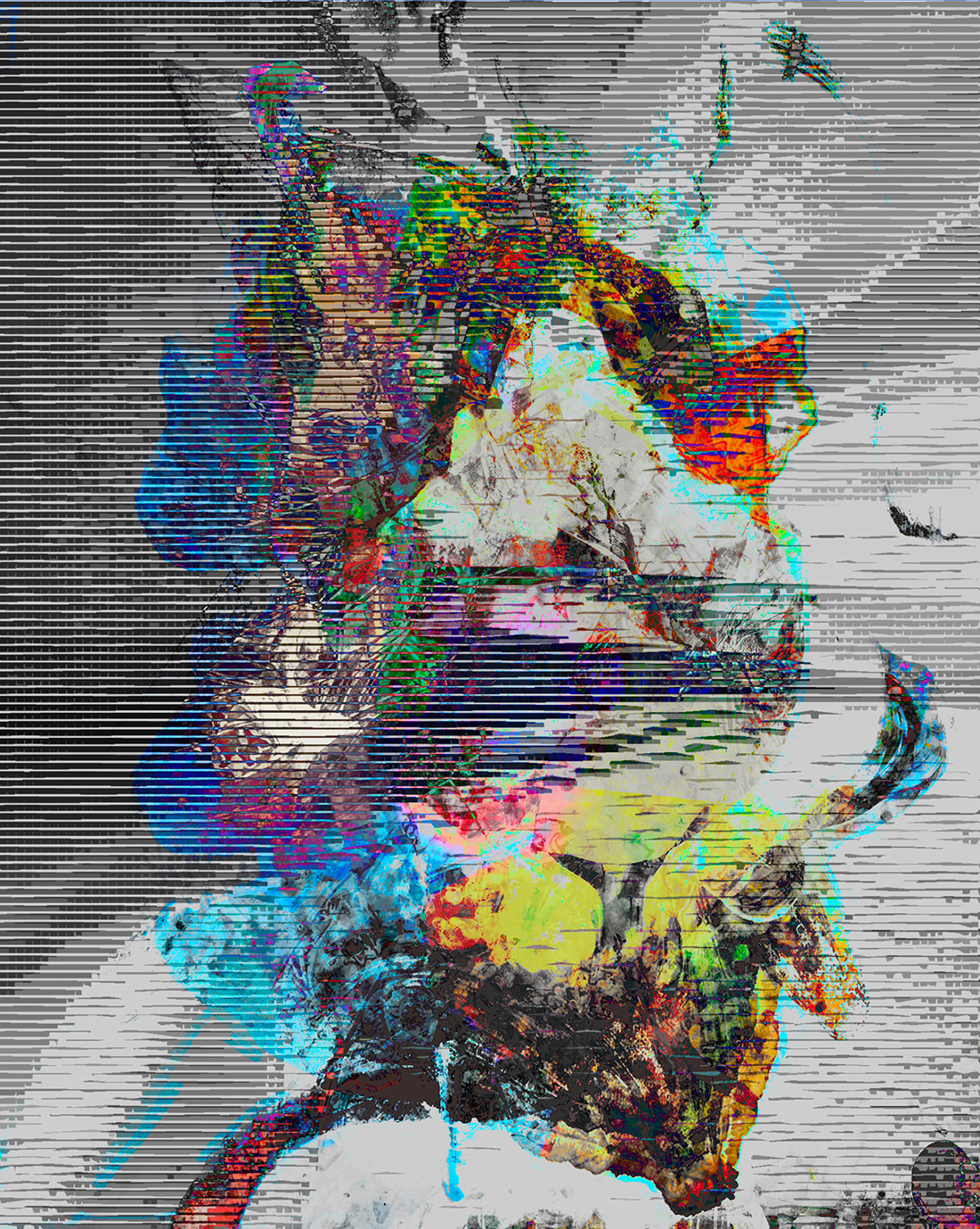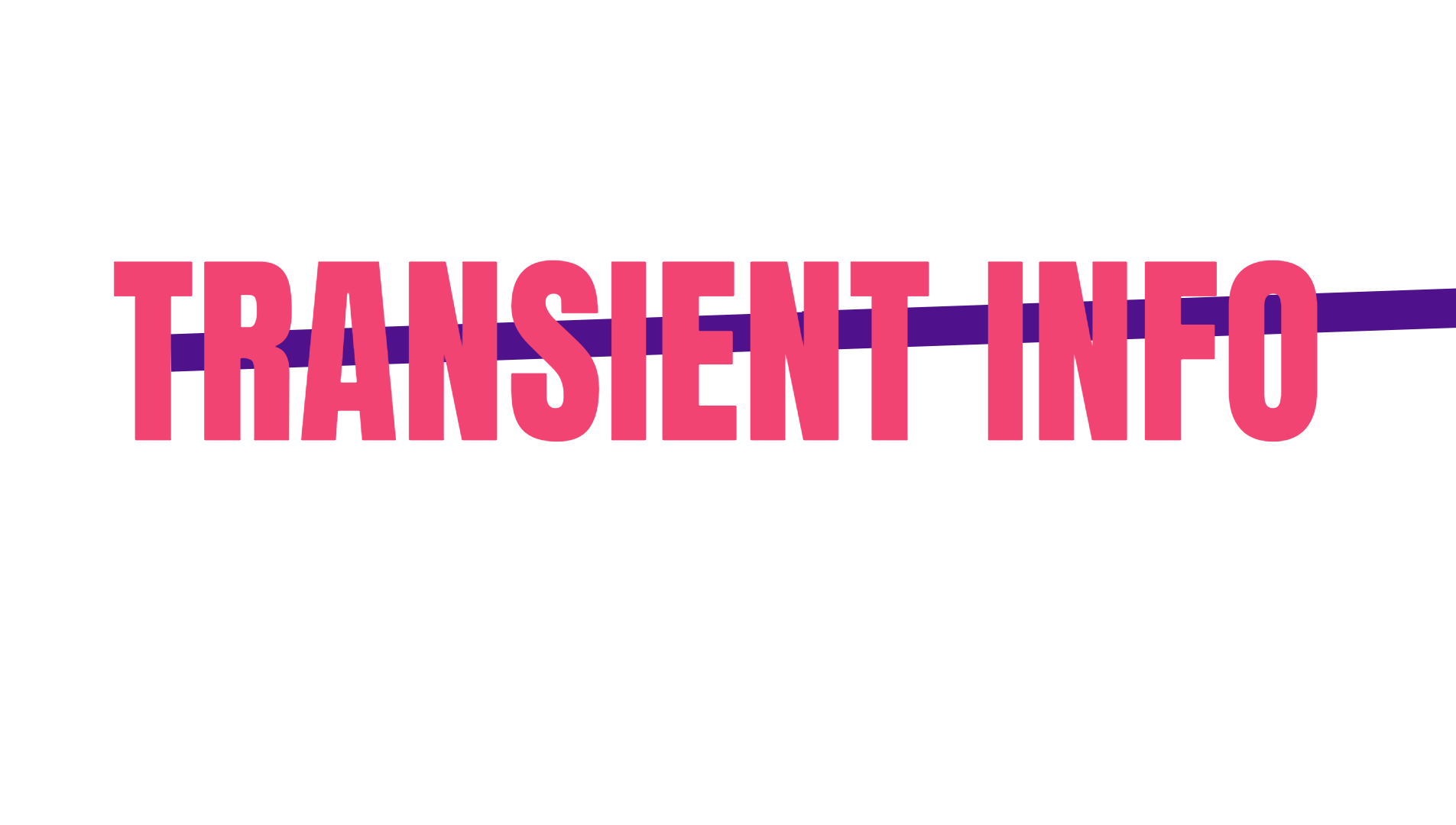
050525

Der grösser Rasen bey der Sonnenunderganck_17

110125 __ no№mestep111_5
Laznes Binch creates digital collages from personal photo archives and random images found online. His artistic practice demonstrates how even minor distortions can displace an object from its original semantic field, allowing familiar forms to collapse into something uncertain, unfamiliar. The constituent parts of the collage create new forms, blend, highlighting and hiding each other's elements. A large number of fragments, shards of contours, preserve small details of memories for the author. At the core of his work lies an interest in memory and perception—not as fixed or archival, but as contingent, overlapping fields of imagery. His compositions evoke a kind of speculative visual memory, a space where the personal and the collective intersect in unstable constellations. Like the mirror-flower from The Mystery of the Third Planet, Laznes captures perceptual moments as layered sequences—subjective states forming an imprecise, nonlinear memory of the past. Future and past collapse into imagined presence: suspended, momentary, and open to subjective decoding. Laznes works with accidental media fragments—detritus from the shared information flow that constitutes our collective sensorium. His primary strategies—collage, layering, and deconstruction—are not merely formal, but cognitive tools for navigating this field. “Working within the digital, ” he notes, “means examining how it reshapes our organic sense of time and reality. Each image is tied to a specific temporal fragment, yet seems extracted from it, as if damaged in the process—becoming an abstraction, a residue shaped by its own chronotope.
Short Bio
Since 1998, Laznes has participated in art events, performances, and exhibitions. Based in Berlin. His artistic approach began taking shape through early digital software, exploring how memory and perception transform in the digital age. His works focus on abstraction, fluidity, and metamorphosis, employing layering and collage techniques to reflect the instability of perception. Laznes’s practice investigates the intersection of digital media, memory, and identity. By deconstructing visual structures and reconstituting them into new forms, he creates immersive compositions that oscillate between chaos and order.
